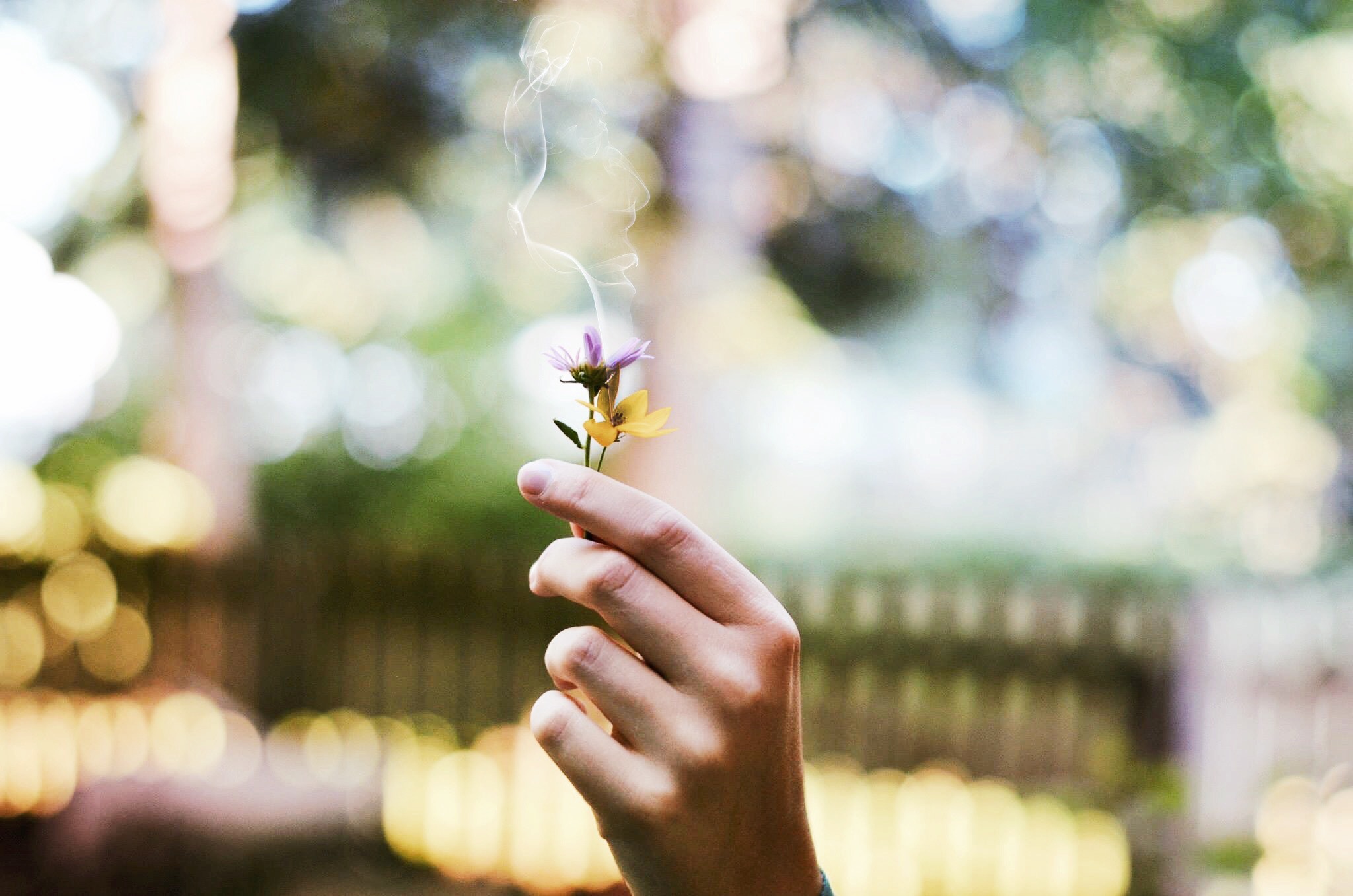Burnout – The Fast Ride There and the Slow Crawl Back

Always feeling tired, exhausted and lacking motivation – even after a vacation. These are common burnout symptoms. In addition to insomnia, recurring aches and colds and a persistent low mood. Even though the term is relatively well known these days, even specialists struggle to pinpoint exactly what burnout entails. The reason behind this confusion is that burnout is a holistic phenomenon; something that is expressed and experienced on multiple levels. And, as a result, must be addressed as such.
Burnout doesn’t just happen because of work-related stress or working overtime. So, what does contribute to a burnout-process? Often, an accumulation of stressors, on an emotional and physical level, and in an individual’s environment; which all blend together to create the perfect storm. Also, keep in mind that it’s not just about the stress factors, but also how we respond to them. And whether we (still) have the resources to work through them in a healthy way. At work, common stressors include: perfectionism, tasks that feel meaningless and conflicts with co-workers or superiors. Add to that, a relationship crisis with your romantic partner or recent traumas like an accident or the death of a loved one. Experiences like the ones I just mentioned can be very challenging, even when you have access to excellent resources to help you cope. Especially because stressors often add up, over the course of months and years. An excellent resource is the book Adrenal Fatigue, The 21st century stress syndrome, by James Wilson. Or his website
As I mentioned, a holistic approach is essential for a full recovery and ultimately building up
your resilience. So what do you actually do? Because a few sessions with a psychologist aren’t going to do the trick – it’s not just about talking about what you’re going through. In my experience with clients and also personally, I’ve found that these are some tools that really work:
- SLEEP – quality sleep is one of the first things that is adversely affected when someone slides into burnout. It’s also one of the key components of a lasting recovery. Unfortunately, sleeping pills are not the answer. But there are a lot of powerful alternatives: switching off screens at least two hours before going to sleep and going on a walk instead, bedtime yoga (check out the Yoga With Adriene channel on YouTube) or some guided Yoga Nidra. You can also try out natural and herbal supplements. A good start can be magnesium, vitamin D3, B-complex vitamins, Valerian, Tulsi and Ashwaganda. Just be sure to check in with a health care professional, so that you can find something that works for you and your body.
- SUNLIGHT – sunlight is immensely healing and is wonderful for your mood and your immune system. Even just 15 minutes a day can make a huge difference.
- MOVEMENT – daily movement whenever possible, especially outside. In addition to that, try incorporating regular stretching and movement breaks when you have to sit at your desk for extended periods of time.
In addition to these practices, it’s important to examine the patterns that may have led to the burnout in the first place: does everything always have to perfect? Are there tasks that I can delegate? Are there conflicts or relationship issues that I can resolve? Is my job still resonating with me? Or is it time to explore a different career path? A focused coaching can be a great place to work through these questions.
The path from burnout to renewed health and well-being is longer than most people think. Most of all, it requires patience. A lot of patience. Especially for people who are focused on “always doing” this can be challenging, especially since the process sometimes takes months. But the path is worth it, because what you’ll find is a genuine sense of joy, meaning and vitality.
Feel free to comment below with any thoughts or questions you may have about burnout or anything related!
Wishing you wellbeing,
Ulrike
